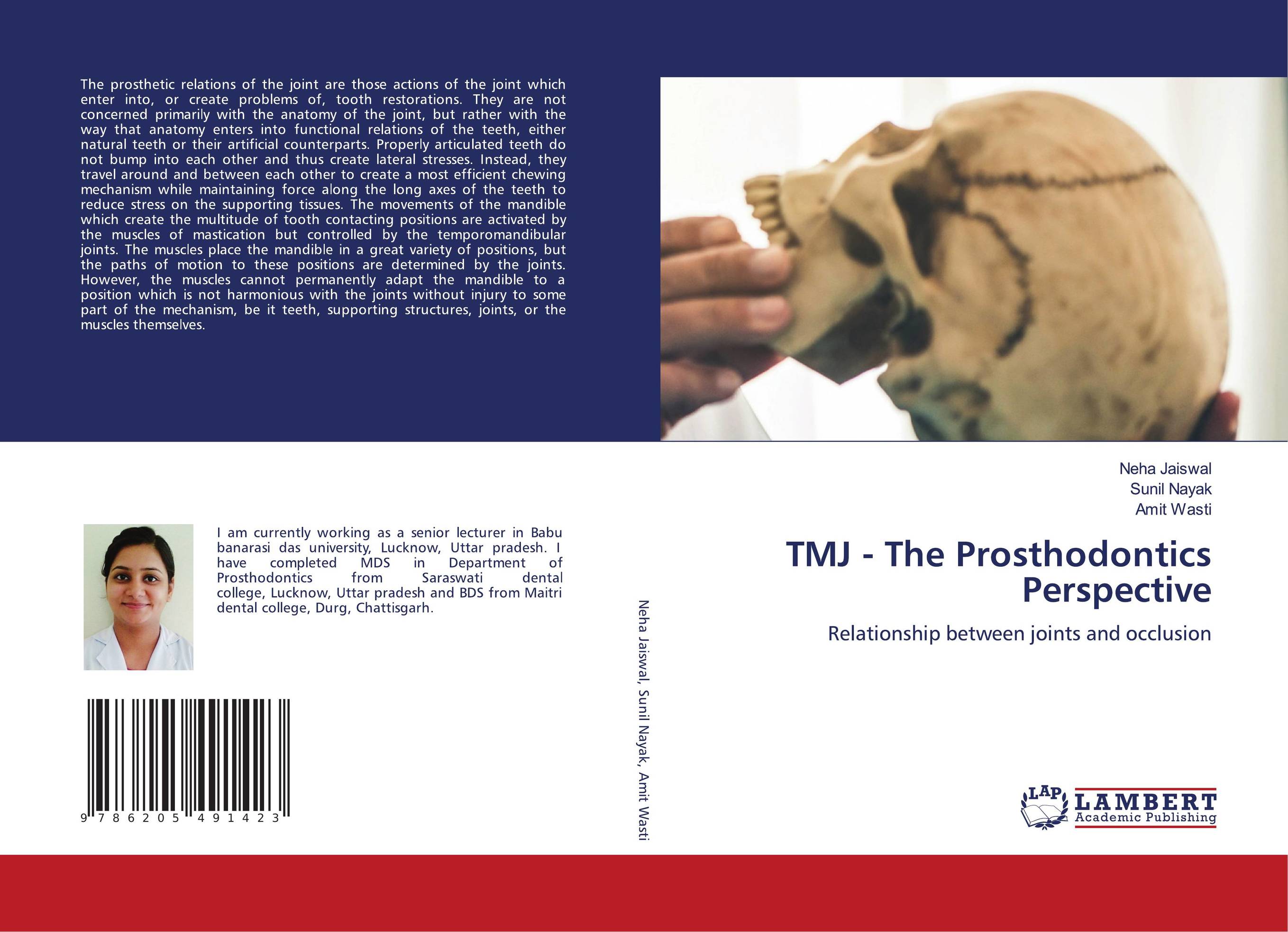| Поиск по каталогу |
|
(строгое соответствие)
|
- Профессиональная
- Научно-популярная
- Художественная
- Публицистика
- Детская
- Искусство
- Хобби, семья, дом
- Спорт
- Путеводители
- Блокноты, тетради, открытки
TMJ - The Prosthodontics Perspective. Relationship between joints and occlusion

В наличии
| Местонахождение: Алматы | Состояние экземпляра: новый |

Бумажная
версия
версия
Автор: Neha Jaiswal,Sunil Nayak and Amit Wasti
ISBN: 9786205491423
Год издания: 1905
Формат книги: 60×90/16 (145×215 мм)
Количество страниц: 132
Издательство: LAP LAMBERT Academic Publishing
Цена: 39802 тг
Положить в корзину
| Способы доставки в город Алматы * комплектация (срок до отгрузки) не более 2 рабочих дней |
| Самовывоз из города Алматы (пункты самовывоза партнёра CDEK) |
| Курьерская доставка CDEK из города Москва |
| Доставка Почтой России из города Москва |
Аннотация: The prosthetic relations of the joint are those actions of the joint which enter into, or create problems of, tooth restorations. They are not concerned primarily with the anatomy of the joint, but rather with the way that anatomy enters into functional relations of the teeth, either natural teeth or their artificial counterparts. Properly articulated teeth do not bump into each other and thus create lateral stresses. Instead, they travel around and between each other to create a most efficient chewing mechanism while maintaining force along the long axes of the teeth to reduce stress on the supporting tissues. The movements of the mandible which create the multitude of tooth contacting positions are activated by the muscles of mastication but controlled by the temporomandibular joints. The muscles place the mandible in a great variety of positions, but the paths of motion to these positions are determined by the joints. However, the muscles cannot permanently adapt the mandible to a position which is not harmonious with the joints without injury to some part of the mechanism, be it teeth, supporting structures, joints, or the muscles themselves.
Ключевые слова: TMJ, Temporomandibular joint, mandible joint, TMJ dysfunction, prostho



